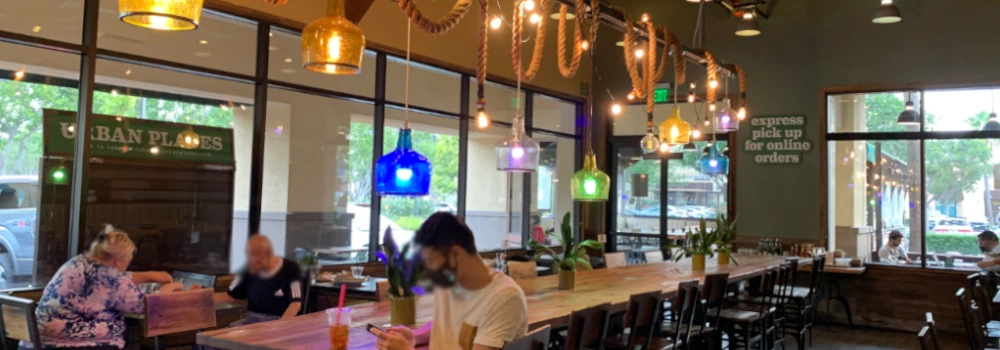
Step aside, duck fat, because fatback is stepping into the spotlight. Wait…what’s “fatback” exactly? It is just what it sounds like, fat from the upper back (of a pig) and is a revered ingredient utilized in traditional charcuterie and Italian cooking as well as in American southern cooking and soul food. Lardo is a type of hard fat which is consists of adipose tissue under the skin of the back with or without the rind. What’s does it look like? Think of a slab of bacon without the meat part.Love sausages like nduja or cudighi? How about lardo? Yup, all made with fatback. Let’s take a closer look at lardo. It’s a kind of salume (Italian cold cut) created by curing strips of fatback with a mixture of salt, spices, and herbs. The flavor of lardo is one of creamy, richness—it tastes porky and buttery. It’s like lard’s fancy, gourmet cousin.Interestingly, lardo is not something you’ll only find in an Italian kitchen these days. A renewed interest in lardo is forming among various types of cuisines. In Portland, Oregon, a restaurant named Lardo serves up a (surprise, surprise)-- lardo-inspired menu. B.S. Taqueria in Los Angeles offers a truly unique clam and lardo taco. Going even one step further with revered animal fats is the use of leaf lard. This kind of lard is the pork fat found around the kidneys. Bakers like those at Sullivan Street Bakery in Hell’s Kitchen use the non-porky flavored fat to create buttery and flaky crusts.With the nose-to-tail movement being embraced by many millennials today, it’s no wonder that animal fats like fatback, lardo and leaf lard are making their marks in more and more restaurant kitchens.
.png)





.png)





